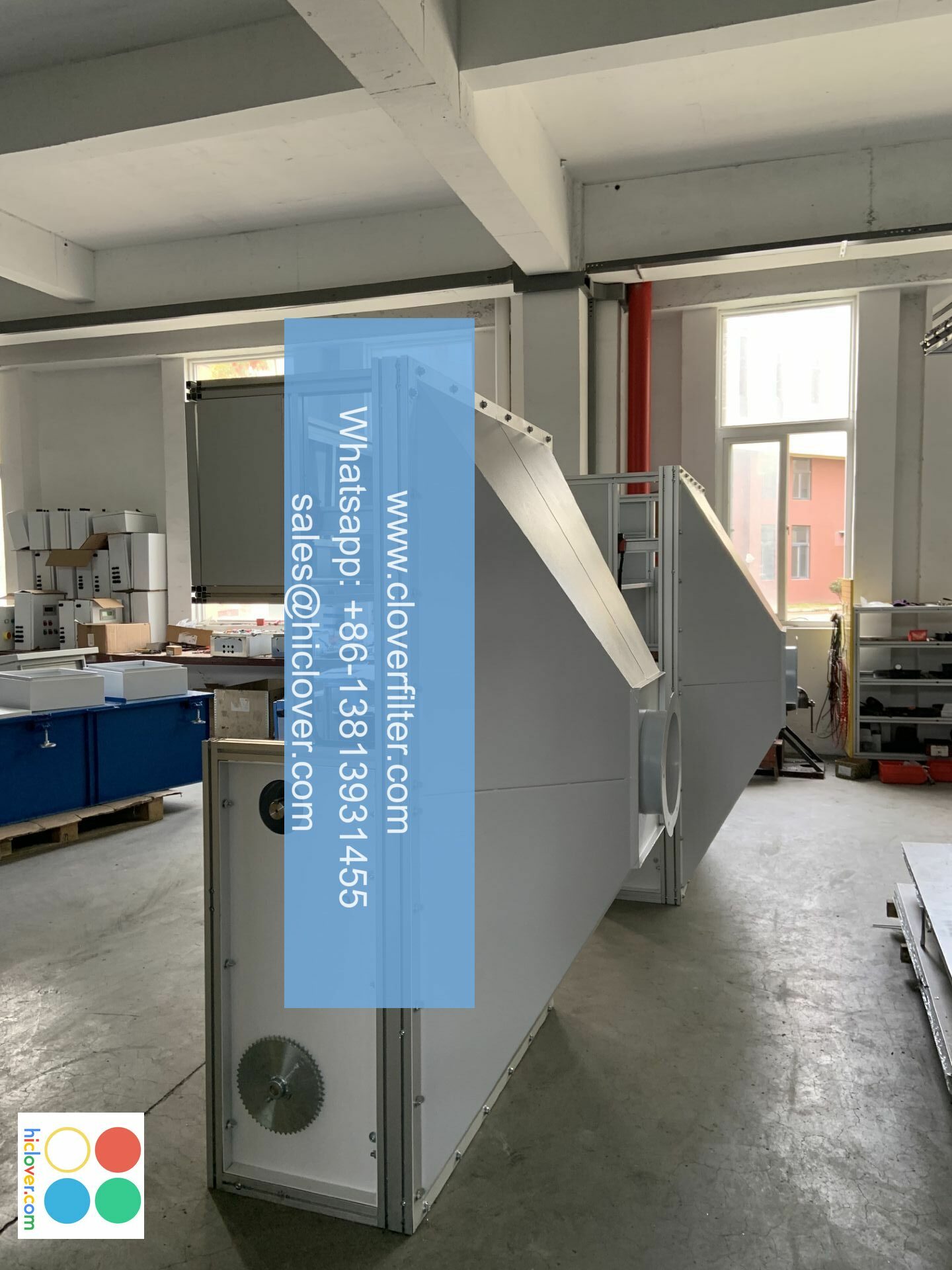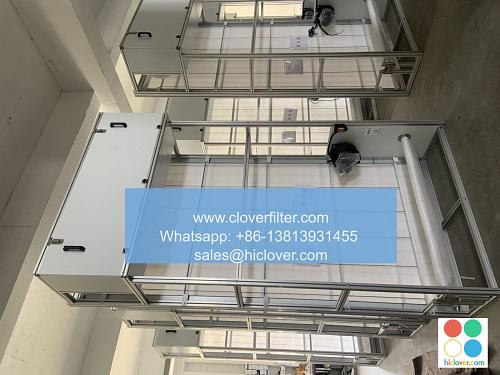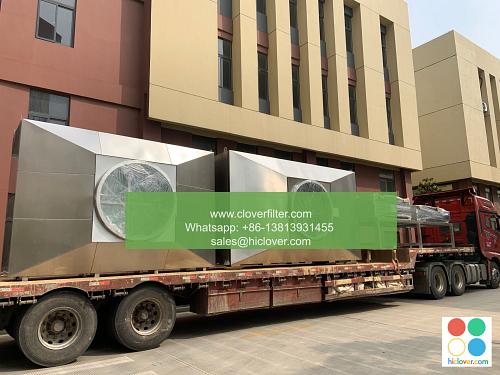The Science Behind Automatic Roll Air Filter: Understanding the Technology

Automatic roll air filters have become a crucial component in various industries, including HVAC, industrial manufacturing, and automotive. These filters are designed to provide a continuous and efficient cleaning process, ensuring a consistent supply of clean air. But have you ever wondered how they work? In this article, we will delve into the science behind automatic roll air filters, exploring the technology and mechanics that make them effective.
The basic principle of an automatic roll air filter is to capture airborne particles and contaminants using a rolling filter medium. The filter medium is typically made of a synthetic or fiberglass material, which is designed to trap particles as small as 0.3 microns. The rolling mechanism allows the filter to automatically advance and replace the dirty section with a clean one, providing a continuous cleaning process. This technology is particularly useful in applications where high volumes of air need to be filtered, such as in industrial settings or large commercial buildings.
The science behind automatic roll air filters can be attributed to several key factors. Firstly, the filter medium is designed to have a large surface area, which allows for maximum particle capture. The rolling mechanism ensures that the filter medium is constantly being replaced, preventing the buildup of particles and maintaining optimal airflow. Additionally, the filter is designed to operate at a relatively low pressure drop, which reduces energy consumption and minimizes the impact on the surrounding system.
One of the most significant advantages of automatic roll air filters is their ability to adapt to changing environmental conditions. For example, in areas with high levels of pollution or dust, the filter can automatically adjust its cleaning cycle to ensure optimal performance. This adaptability is made possible by advanced sensors and control systems, which monitor the filter’s performance and adjust the rolling mechanism accordingly.
In addition to their technical benefits, automatic roll air filters also offer several practical advantages. They are relatively low maintenance, as the rolling mechanism eliminates the need for manual filter replacement. This reduces labor costs and minimizes downtime, making them an attractive option for industries where continuous operation is critical. Furthermore, the filters are designed to be compact and space-efficient, allowing them to be easily integrated into existing systems.
Another significant aspect of automatic roll air filters is their impact on indoor air quality. By capturing airborne particles and contaminants, these filters can significantly reduce the concentration of pollutants in the air, creating a healthier environment for occupants. This is particularly important in applications such as hospitals, schools, and office buildings, where indoor air quality can have a significant impact on occupant health and productivity.
In conclusion, the science behind automatic roll air filters is rooted in a combination of advanced materials, clever mechanics, and sophisticated control systems. By understanding the technology and mechanics that drive these filters, we can appreciate their significance in maintaining indoor air quality and optimizing system performance. Whether in industrial, commercial, or residential applications, automatic roll air filters have become a vital component in the pursuit of clean air and efficient systems.
Conclusion
In summary, automatic roll air filters are a vital component in various industries, providing a continuous and efficient cleaning process. Their advanced technology and mechanics make them an attractive option for applications where high volumes of air need to be filtered. By understanding the science behind these filters, we can appreciate their significance in maintaining indoor air quality and optimizing system performance.
FAQs
Q: How often should I replace my automatic roll air filter?
A: The replacement frequency of an automatic roll air filter depends on various factors, including the application, environmental conditions, and filter type. Typically, the filter should be replaced every 1-3 years, or as recommended by the manufacturer.
Q: Can I use an automatic roll air filter in a residential setting?
A: Yes, automatic roll air filters can be used in residential settings, particularly in applications such as whole-house ventilation systems or HVAC systems. However, it’s essential to consult with a professional to determine the best filter type and size for your specific needs.
Q: How do I maintain my automatic roll air filter?
A: Maintenance of an automatic roll air filter typically involves cleaning the filter medium and replacing the filter roll as needed. It’s also essential to monitor the filter’s performance and adjust the rolling mechanism accordingly. Regular maintenance can help extend the filter’s lifespan and optimize its performance.
Q: Can automatic roll air filters capture viruses and bacteria?
A: Yes, automatic roll air filters can capture viruses and bacteria, depending on the filter type and efficiency. Some filters are designed to capture particles as small as 0.3 microns, which includes most viruses and bacteria. However, it’s essential to consult with a professional to determine the best filter type for your specific needs.


